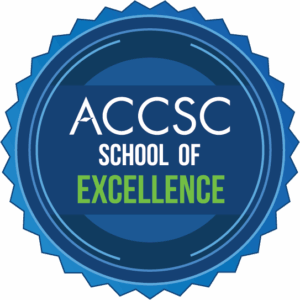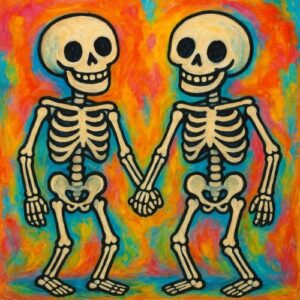Written by Chris Smith and Amy Chavez
The Power of Connection in Massage Therapy—and Why It Starts in the Classroom
When you walk into a space, you immediately feel it—whether it’s welcoming, safe, and inviting… or not. That first impression matters. It’s the same way you assess people: Does this person feel trustworthy? Kind? Grounded? That gut feeling shapes your experience. And in massage therapy, that sense of safety and connection is not just important—it’s essential.
Just like we aim to create safe, warm, and nurturing environments for our clients in a massage session, the learning environment for massage therapy students must offer the same. It should feel like a place you want to return to, not just because you’re learning, but because your body and heart recognize it as a space for connection. A space for healing.
Because healing doesn’t happen in isolation. It happens in relationship.
For those out there feeling disconnected, isolated, or overwhelmed, finding a community where you can feel truly seen, safe, and appreciated is more than a luxury—it’s a necessity. It’s also the foundation we build upon in massage school.
Entering the Work of Touch and Transformation
Starting massage school is more than just learning muscles and techniques—it’s a journey of self-awareness and compassion. It requires dedication, curiosity, and emotional courage. Understanding the human body is important, yes, but understanding the human condition is where the true mastery lies.
Massage therapy isn’t about working on a client—it’s about working with them. It’s about listening, not just to their words, but to their bodies. It’s about honoring boundaries and understanding what safe, respectful touch really means. We’re not here to fix people. We’re here to walk alongside them as their body finds its way back to wholeness.
Our clients often come to us carrying deep wounds—some physical, many emotional, all shaped by personal and collective trauma. As massage therapists, we are given the rare and beautiful opportunity to create a space where people can let their guard down and allow themselves to be truly touched—physically, emotionally, spiritually.
And that vulnerability? That act of lying down on a massage table and trusting someone with your body? That deserves to be met with immense respect.
Touching One Life—Changing Many
It might sound small, but it’s anything but: when you help one person feel more grounded, more connected, and more whole, you’re not just helping them. You’re helping every person they interact with afterward.
Think about it: if someone leaves your massage table calmer and more present, they’re more likely to engage with others from a place of peace. They’ll speak more kindly to their partner. They’ll be more patient with their child. They’ll smile at a stranger. That ripple effect can touch 10, 15, maybe 50 lives… all because of one moment of healing. One touch.
Massage therapy is a unique kind of medicine. It’s not about prescribing or fixing. It’s about presence. Connection. Safe, nurturing touch. In a world that can feel disconnected and chaotic, that’s revolutionary.
So yes, massage therapy can change the world—one nervous system, one conversation, one meaningful connection at a time.
And it starts the moment you step into a space that makes you feel like you belong.



